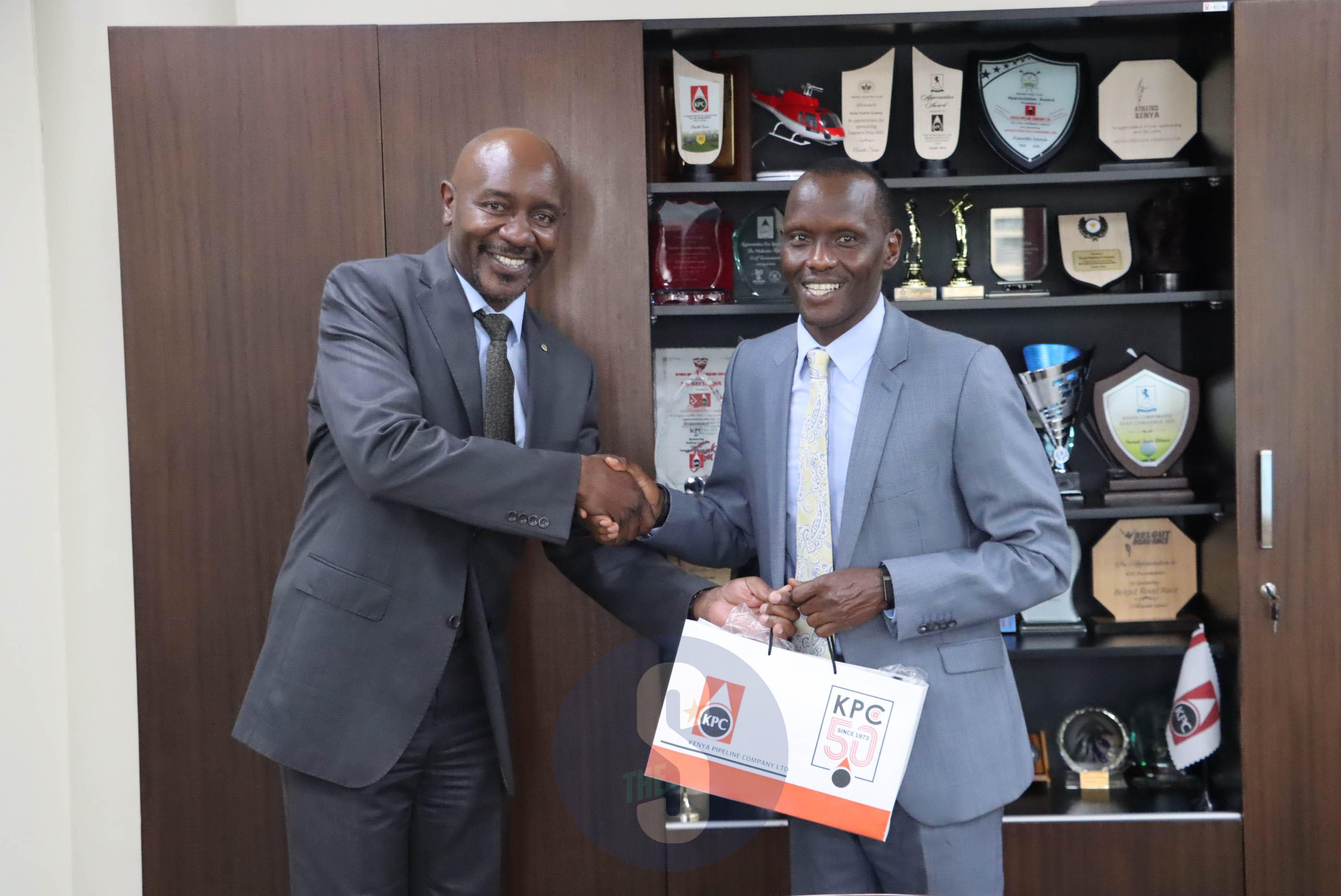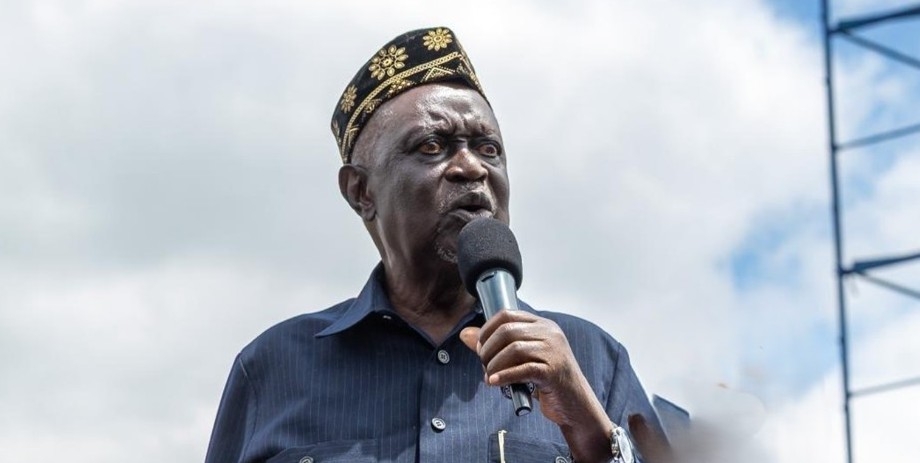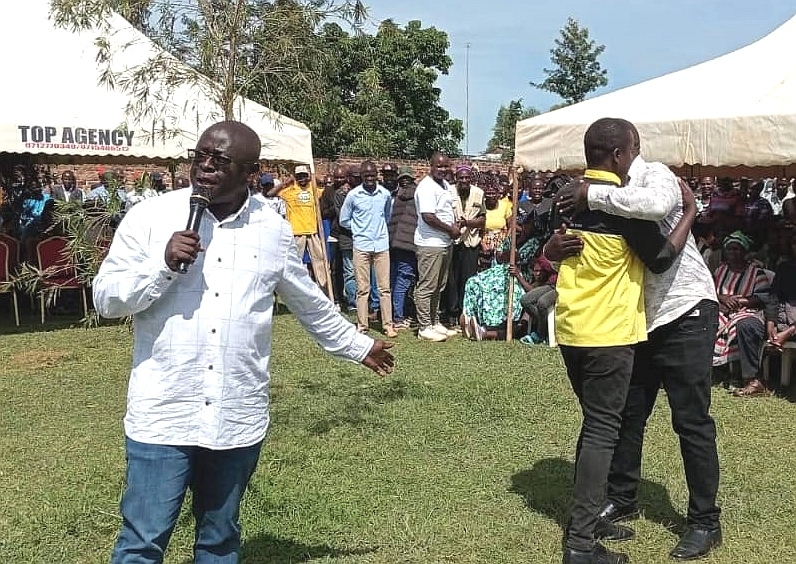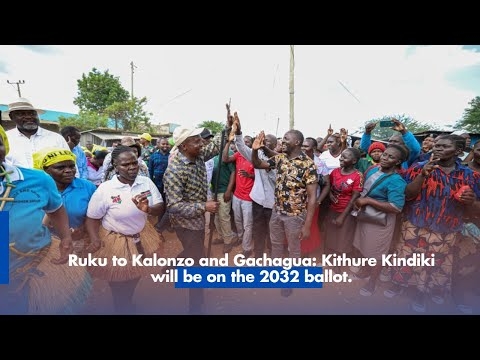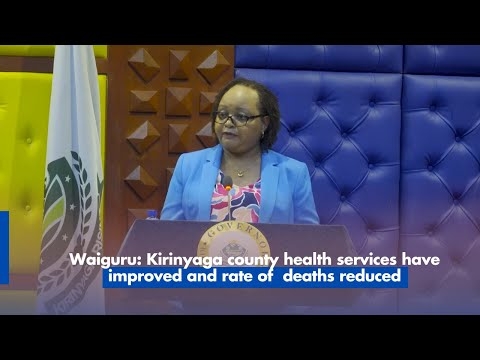It’s too soon in the forecast El Niño season to read a conspiracy between meteorologists and custodians of the Treasury to defraud tax-burdened citizens.
Yet a collusion cannot be ruled out in the face of precedents. The officialdom minted millionaires out of the 2020-2021 Covid-19 emergency. They are likely to raid El Niño contingency account, unless they are monitored.
The Ethics and Anti-Corruption Commission reads a possible conspiracy by governors and other bureaucrats to misappropriate El Niño money. The suspects are known to have manipulated Covid-19 procurement systems for individual gain.
Each of the 47 counties has set aside millions of shillings to throw at the effects of El Niño rains. Together, the counties report they need about Sh15 billion to ‘react’ to emergencies linked to El Niño rains.
The counties intend to rescue, clothe, treat and feed the dispossessed. So far, counties have not projected how many would be displaced, but they know what it would cost.
No, weather monitors did not say El Niño rains would begin on October 1. The month still has about 20 days to expire. There is still hope that comes with rain. There is still anxiety, and panic, among communities that are likely to suffer floods or landslides.
It’s a time of hope for plenty if the rains come. It’s also a time of anxiety if the expected extreme weather conditions devastate vulnerable communities.
Subsistence farmers planned and planted as heavily as they would during the long rainy season. They expect a bounty harvest if the rains come as meteorologists predict. The resilience of the peasantry is at work, especially in western Kenya.
It’s also a time of panic: Landslides, mudslides and flash floods are expected, but the magnitude of possible damages remains unknown. But the officialdom knows the displaced would be caged and fed in rescue centres.
It’s a time of reaction. It’s a time of disjointed actions to confront an emergency that was predicted in January. One that has occurred many times before.
What if the expected flash floods flatten maize fields, now at the first stage of weeding? Possible loss for vulnerable communities could be gained for implementers of government programmes.
They will eat from the disaster kitty the way they have always done without fear of accountability. They plundered Covid-19 funds, and they expect to reap from El Niño flash floods. The people’s pain will probably be their gain.
Farmers planned. They take meteorological predictions seriously. The hopes of the peasantry contrast badly with official emergency plans to feed victims of floods the way it’s always been done.
For governments, nothing changes: Billions of shillings have been set aside to respond to expected emergencies. Billions of public money will be thrown at disasters, rather than planning to mitigate the impact of extreme weather events. Plus ca’ change, plus c'est la même chose’—the more things change, the more they remain the same.
The cocktail of pre-El Nino emotions echoes Charles Dickensian paradox. It was like the 1859 fiction, A tale of two cities, which considered the reactions of two local systems. It’s a tale of two trails of preparedness and perennial unpreparedness to confront the known unknown.
Farmers and governments – national and devolved – are responding at cross-purposes to the expected heavy rains that may come with storms and floods.
Public participation, which is part of the 2010 Constitution, means nothing in practice. Government agencies do not take cognisance of people’s views in their decisions or indecisions.
Centuries after the Dickensian period, systems are reacting to extreme weather in ways that question our collective intelligence, patriotism and stubborn inability to learn.
If El Niño rains come as expected, the reactions of governments won’t surprise. But cynics would be surprised if the responses seem planned or coordinated.
Charles Dickens, a 19th-century English writer, speaks to us in A tale of two cities:
“It was the best of times, it was the worst of times, it was the age of wisdom, it was the age of foolishness, it was the epoch of belief, it was the epoch of incredulity, it was the season of Light, it was the season of Darkness, it was the spring of hope, it was the winter of despair, we had everything before us, we had nothing before us, we were all going direct to Heaven, we were all going direct the other way—in short, the period was so far like the present period, that some of its noisiest authorities insisted on its being received, for good or for evil, in the superlative degree of comparison only.”





